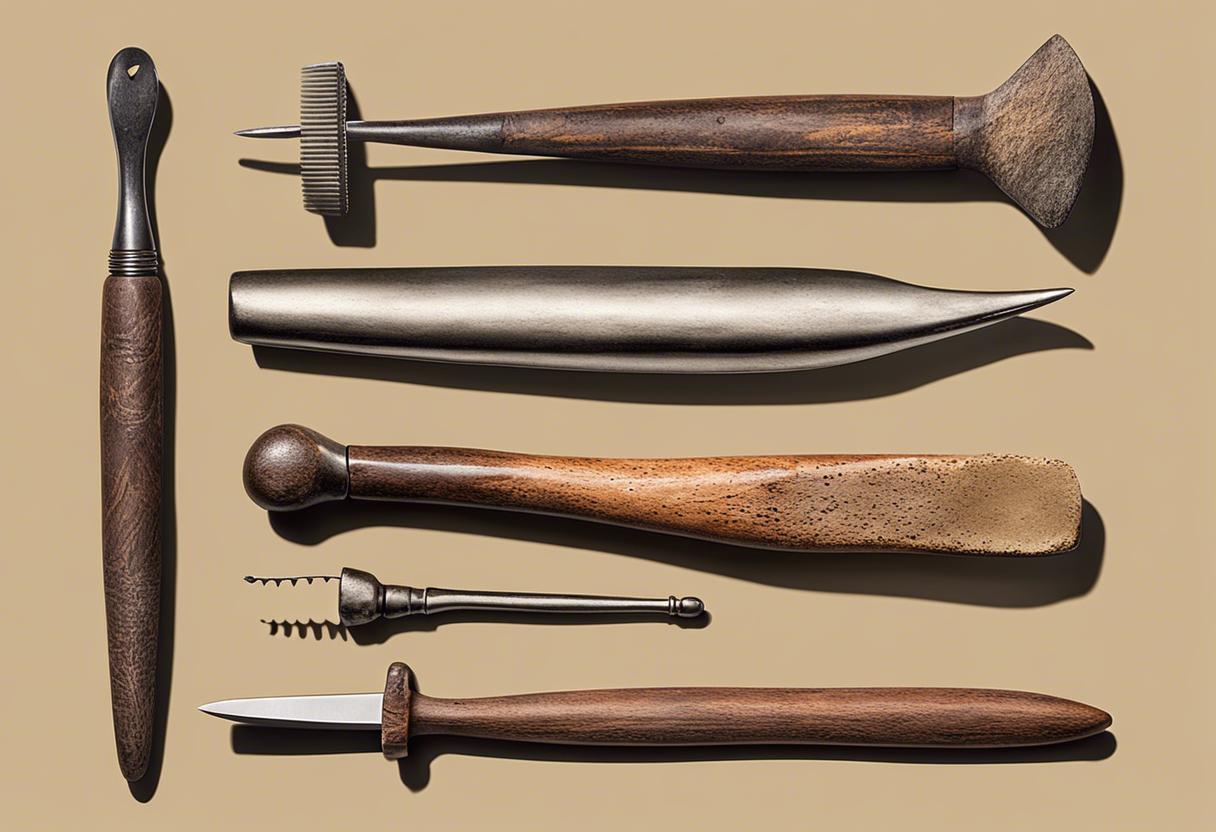Scientists studying the dental remains of a man from the now Co Limerick region, who existed over 4,000 years ago, have concluded that he was at a severe risk of experiencing tooth cavities just prior to his passing. The team, which worked on two teeth specimens discovered in a limestone cavern, succeeded in creating the first high-grade ancient genome of the chief decay culprit, Streptococcus mutans.
Furthermore, they ascertained the existence of numerous bacteria responsible for causing gum diseases. Completed in tandem between scientists from Dublin’s Trinity College and archaeologists from the Atlantic Technological University and Edinburgh University, the study will appear in the Molecular Biology and Evolution journal this Wednesday.
The researchers noted a significant alteration in oral environments from the Bronze Age to the current era, which they attribute to shifts in human diets over the millennia. The results were obtained from two incredibly well-preserved oral “microbiomes” contained in the teeth.
The teeth, part of a larger skeleton retrieved from Killuragh Cave by the late Peter Woodman of University College Cork, didn’t exhibit any visible decay despite other teeth in the cavern demonstrating extensive decay. One tooth, however, yielded an unusually large amount of Streptococcus mutans DNA.
The vast presence of Streptococcus mutans in the 4,000-year-old tooth shocked the study’s senior author and assistant professor at Trinity’s School of Genetics and Microbiology, Dr Lara Cassidy. She views this as an extremely rare discovery, indicative of the man’s imminent cavity development just before death.
She also pointed out that the ancient tooth remarkably lacked other streptococcal species, hence implying an imbalance in the oral biofilm – mutans overwhelmed other streptococci, leading to a pre-disease state. Additionally, the research team identified proof that supports the “disappearing microbiome” hypothesis, which suggests that modern microbiomes have lesser diversity than their ancient counterparts, which could endanger human health.
The two Bronze Age teeth yielded varying strains of Tannerella forsythia, a bacterium linked with gum disease.
The original study revealed an enormous loss in genetic diversity amongst strains of bacteria from a single ancient oral cavity, more so than any pair of contemporary strains collected from Europe, Japan, or the USA, according to Iseult Jackson, the lead author of the paper and a PhD scholar at Trinity. The need for a more profound understanding of this loss is critical.
In terms of whole genomes from oral bacteria, only a handful have been unearthed predating the Medieval era. The authors of this study unearthed substantial transformations in the oral micro-environment by exploring prehistoric diversity.
“T. forsythia, a specific lineage, has gained global dominance over the past 750 years, a clear indication of natural selection where one strain proliferates quickly owing to a genetic advantage it holds over others,” stated Dr Cassidy. He further added that starting from the industrial era, T. forsythia strains have evolved new genes assisting the bacteria in oral colonisation and disease facilitation.
There have been recent expansions and changes in the S. mutans lineage along with gene content alteration linked to pathogenicity. These alterations correlate with the massive sugar intake by humans, however, it was discovered that current S. mutans populations retain more diversity with profound divisions in the S. mutans evolutionary tree that go way back before the Killuragh genome.
This indicates that these bacteria, which cause diseases, have undergone extremely drastic changes from the Bronze Age to the present day. However, it seems that the most recent cultural shifts, particularly since the Industrial era, have had a disproportionately large impact.
The study was supported by funding from the Wellcome Trust Institutional Strategic Support Fund, an Irish Research Council Laureate Award, and the Science Foundation Ireland Centre for Research Training in Genomics Data Science.

